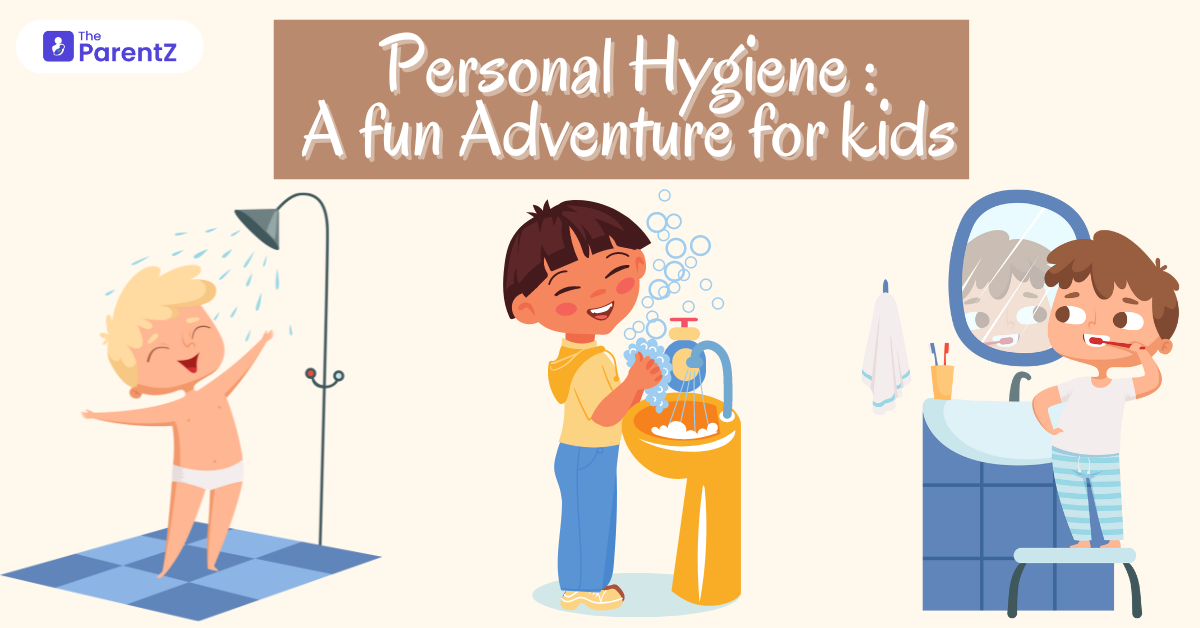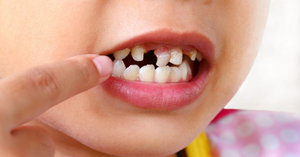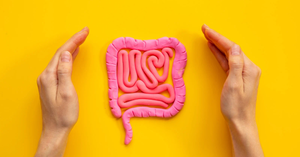Did you know your body is like your own personal headquarters? Just like you wouldn’t want your headquarters messy, you also want to keep your body clean and healthy. That’s where something called personal hygiene comes in. It’s like your special superhero routine that helps you feel awesome and stay strong!
The Superhero Routine: Keeping Clean for Health and Happiness
In the epic battle against microscopic adversaries that threaten our well-being, adopting a superhero routine of cleanliness emerges as our ultimate defense. Let’s delve deeper into each aspect of this routine, uncovering its significance in our quest for health and happiness.
I. Understanding the Enemy: Germs
Germs are the smallest and smokeless enemies, micro organisms with power or potency to develop an illness or disease into the human body. The microorganisms are small entities with a diverse portfolio of types, including bacteria, viruses, fungi, and protozoa among many others. They are not limited to visible boundaries; going through the air, living on surfaces, and being just transferred from one person to another by direct contact. They are transmitted via all pathways including contaminated surfaces, airborne particles and personal human contact into our bodies and cause destruction. Therefore, the notion of germs and their definition, categorisation, and transportation is crucial so we protect human health and hygiene in general.
II. Preventing the Spread of Germs
A. Hand Hygiene:
- Importance: A proper hand washing is the most important link in the chain of infectious diseases prevention.
- Technique: Using soap and water, apply scrubbing at least for 20 seconds through every surface of your hands.
- Times to Wash Hands: Before meals, after using toilets, after coughing or sneezing or having touched a surface that may be infected.
B. Surface Sanitization:
- It is recommended to clean all the places that are frequently touched and include doors, light switches, and kitchen surfaces.
- Cleaning surfaces with disinfectants to devitalize germs.
III. The Power of Handwashing
A. Food Safety:
- Washing hands before handling or consuming food prevents the transfer of germs from hands to mouth.
- Avoiding foodborne illnesses by maintaining clean hands during food preparation and consumption.
B. Bathroom Hygiene:
- Eliminating harmful bacteria by washing hands thoroughly after using the bathroom.
- Preventing the spread of gastrointestinal illnesses and infections.
C. Outdoor Adventures:
- Removing dirt and germs acquired during outdoor play by washing hands upon returning indoors.
- Protecting against infections and skin conditions caused by exposure to outdoor elements.
D. Visual Cues:
- Teaching children the importance of hand washing when hands appear dirty, reinforces good hygiene habits.
- Instilling a sense of responsibility for personal cleanliness from a young age.
IV. Fighting germs by Brushing Our Teeth
A. Dental Health Awareness:
- Understanding the concept of germs that thrive on leftover food particles in the mouth.
- Recognizing the importance of dental hygiene in preventing tooth decay and gum disease.
B. Brushing Techniques:
- Proper brushing technique involves using fluoride toothpaste and brushing for two minutes, twice daily.
- Paying attention to all tooth surfaces, including the front, back, and chewing surfaces.
C. Establishing Routine:
- Encouraging consistency by incorporating toothbrushing into morning and nighttime routines.
- Reinforcing the habit of brushing teeth through parental supervision and positive reinforcement.
V. Revitalization Through Bathing
A. Personal Hygiene:
- Bathing removes sweat, oils, and dead skin cells from the body, promoting cleanliness and freshness.
- Showering or bathing regularly prevents body odor and skin infections.
B. Hair Care:
- Washing hair removes dirt, oil, and product buildup, maintaining scalp health and cleanliness.
- Brushing or combing hair regularly prevents tangles and distributes natural oils evenly.
VI. Nurturing the Microbiome: Good vs. Bad Germs
A. Beneficial Microorganisms:
- Understanding the role of “good” bacteria in supporting digestive health and immune function.
- Promoting a diverse and balanced microbiome through healthy lifestyle choices.
B. Maintaining Equilibrium:
- Striving for cleanliness without eradicating beneficial bacteria fosters overall well-being.
- Emphasizing the importance of hygiene practices that minimize exposure to harmful germs while preserving beneficial microbes.
VII. Infusing Fun Into Cleanliness
A. Creative Approaches:
- Incorporating songs, rhymes, or storytelling into handwashing and toothbrushing routines makes hygiene enjoyable for children.
- Utilizing interactive activities or games to reinforce the importance of cleanliness.
B. Leading by Example:
- Adults serve as role models by demonstrating proper hygiene practices in front of children.
- Engaging in hygiene routines together fosters a sense of camaraderie and reinforces healthy habits.
VIII. Embracing the Heroic Journey: Conclusion
A. Empowerment Through Cleanliness:
- Perceiving Its great ability to transform lives towards security and health, cleanliness.
- Shaping behavioral choices as means of personal health care and being mindful of infectious threats.
B. Cultivating a Superhero Mindset:
- Supporting cleanliness as a superhero power that shields us from undetectable enemies. This promotes good hygiene from the seemingly intangible viruses to the more noticeable impurities.
- Being resolved to the actions of handwashing, toothbrushing, and bathing for the sake of being healthy and happy.
When you clean your hands by washing them, brush your teeth, and shower or bathe, you become a superhero who has a shield that protects against dirt and germs. This helps you to stay healthy, physically fit, and protects you from becoming sick easily.
Don’t forget that being clean means not just looking good, but also feeling good, and having every reason to be ready and go on adventures wherever you want! So move ahead, you my dear little superheroes and make sure that you are always hygienic!








Be the first one to comment on this story.